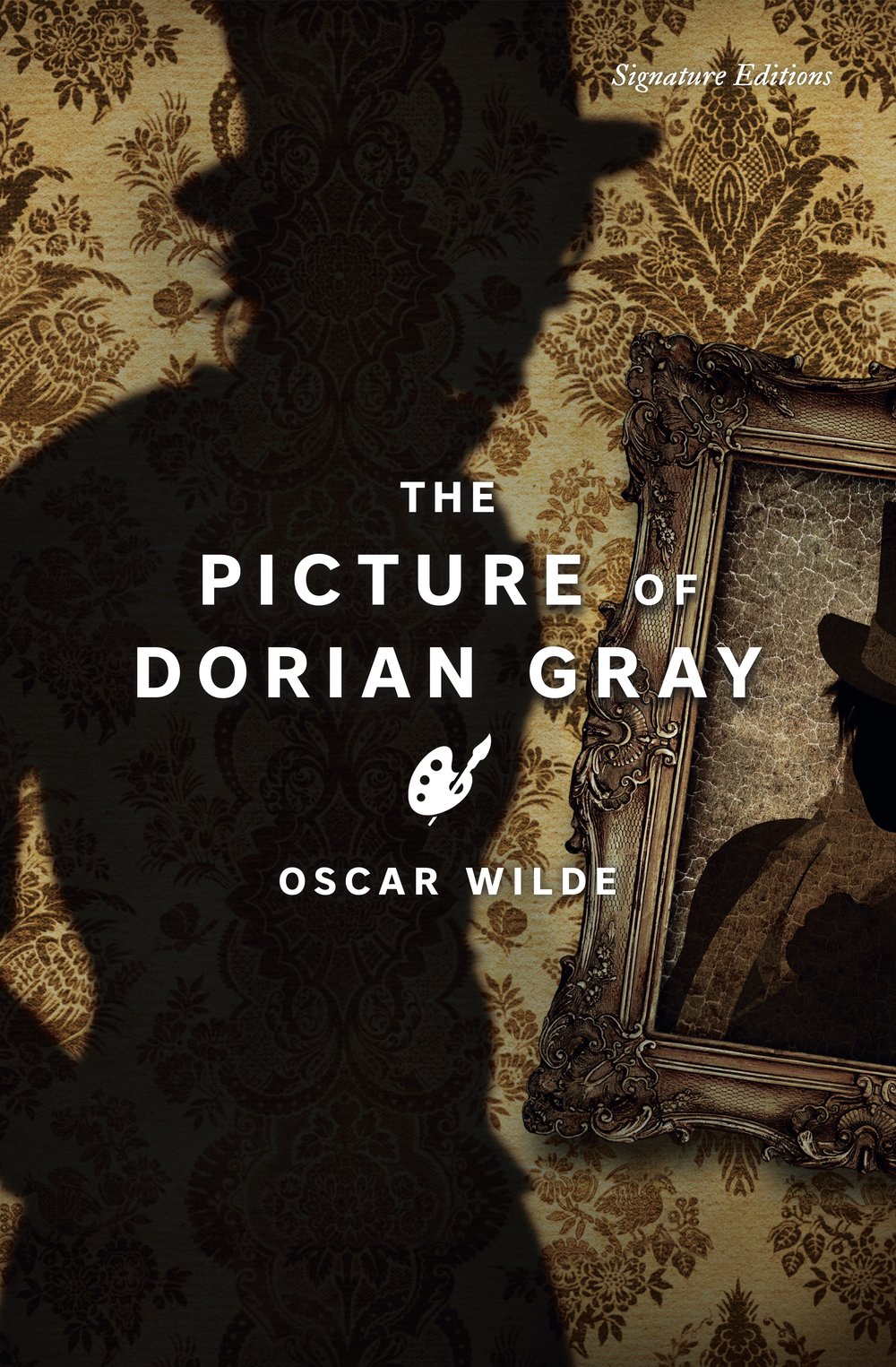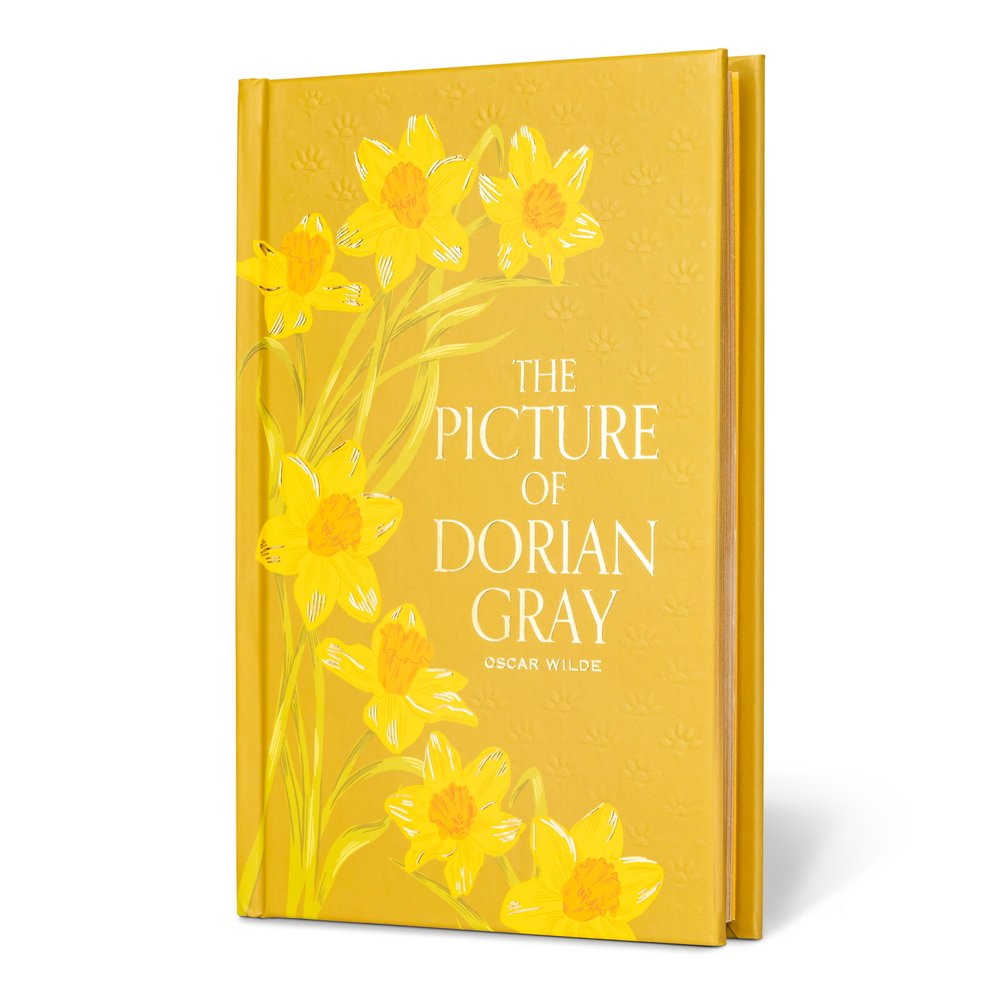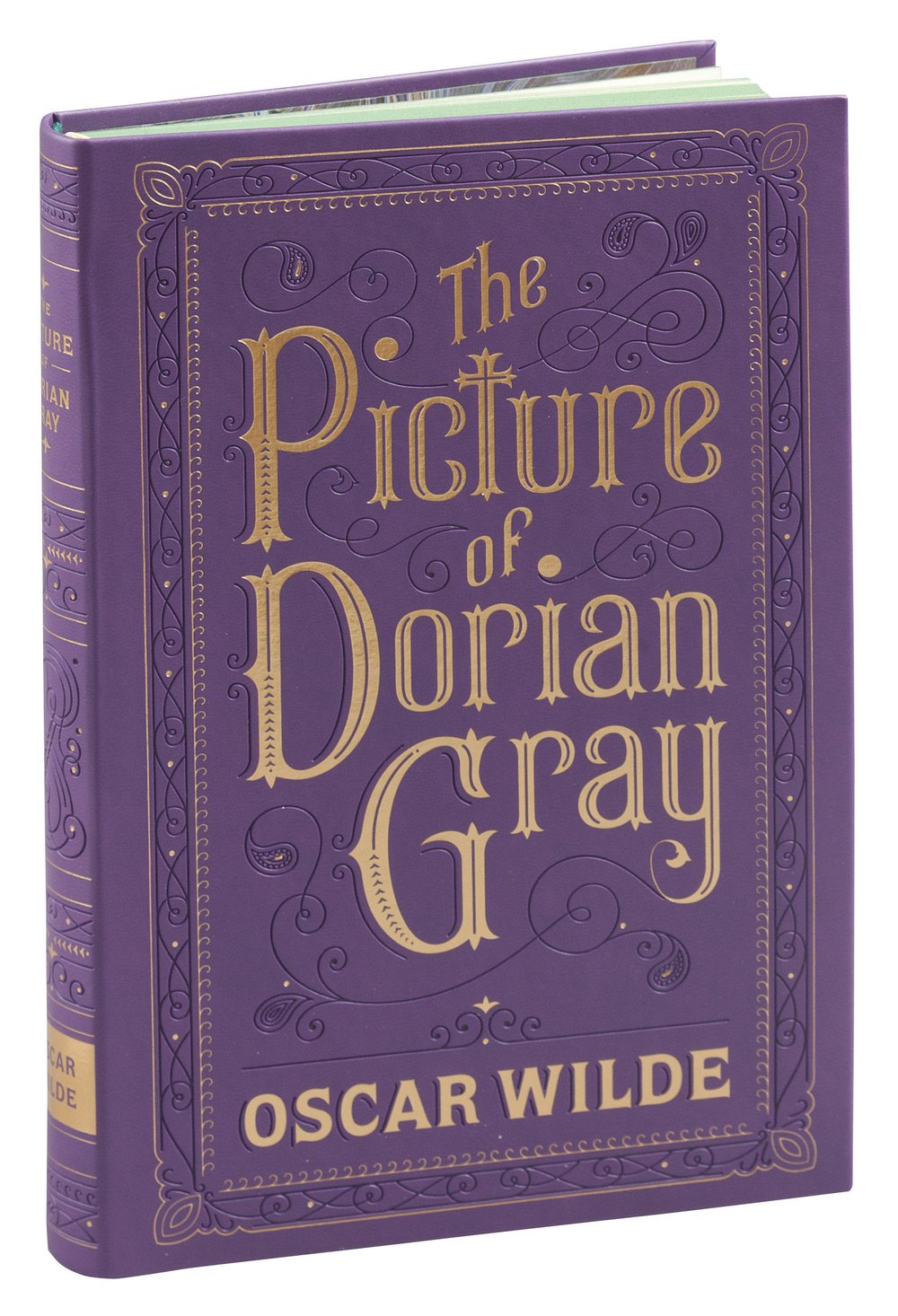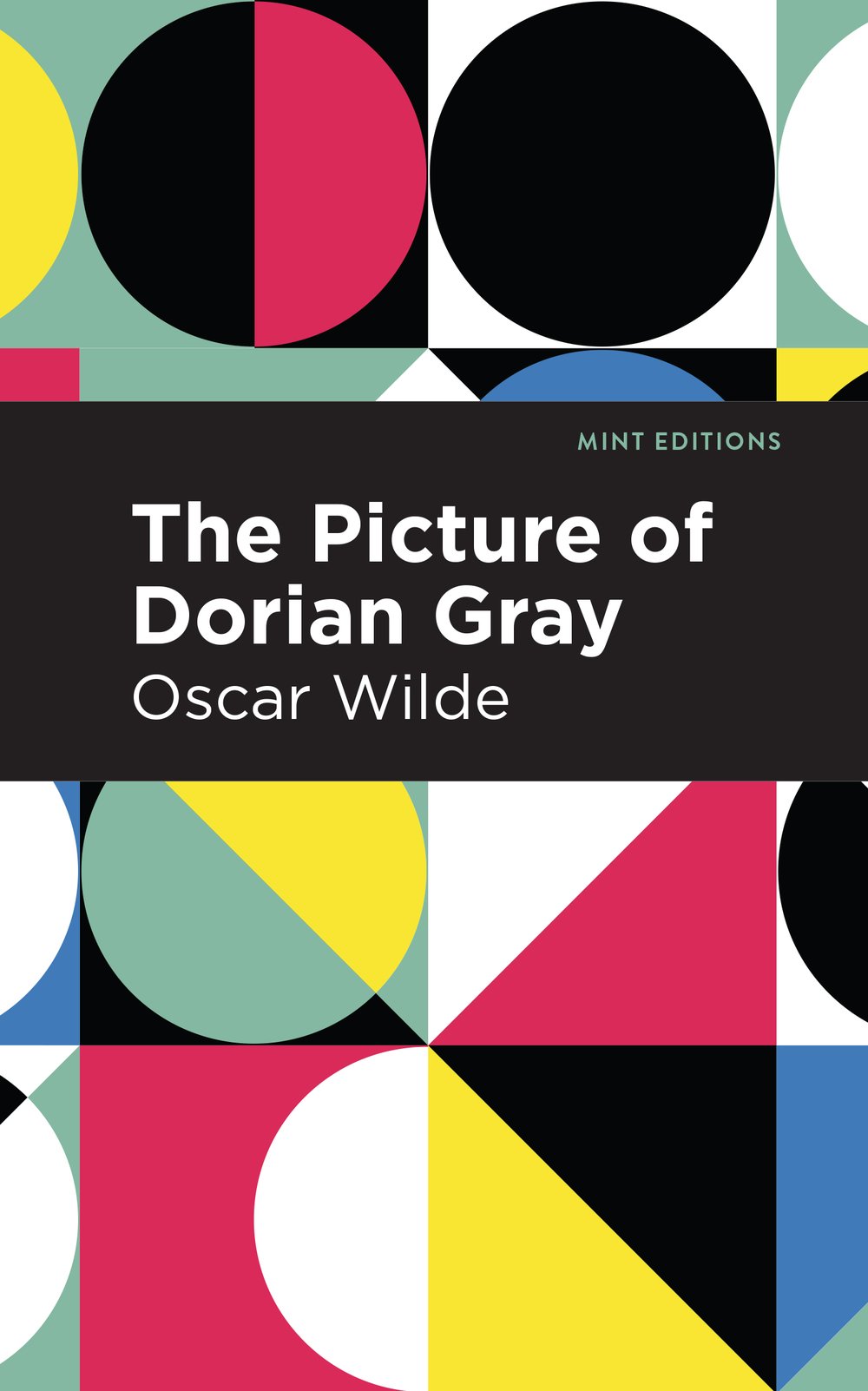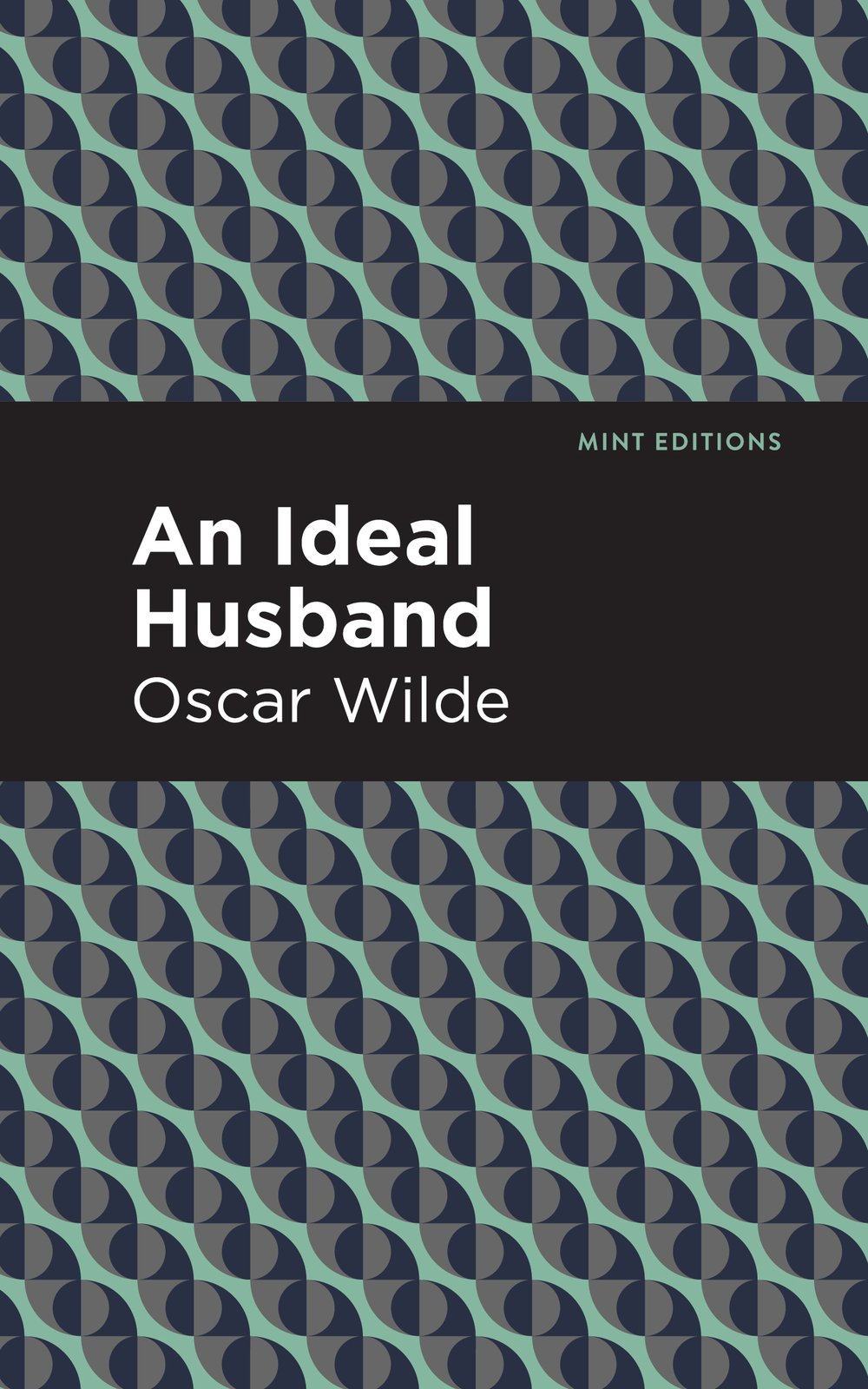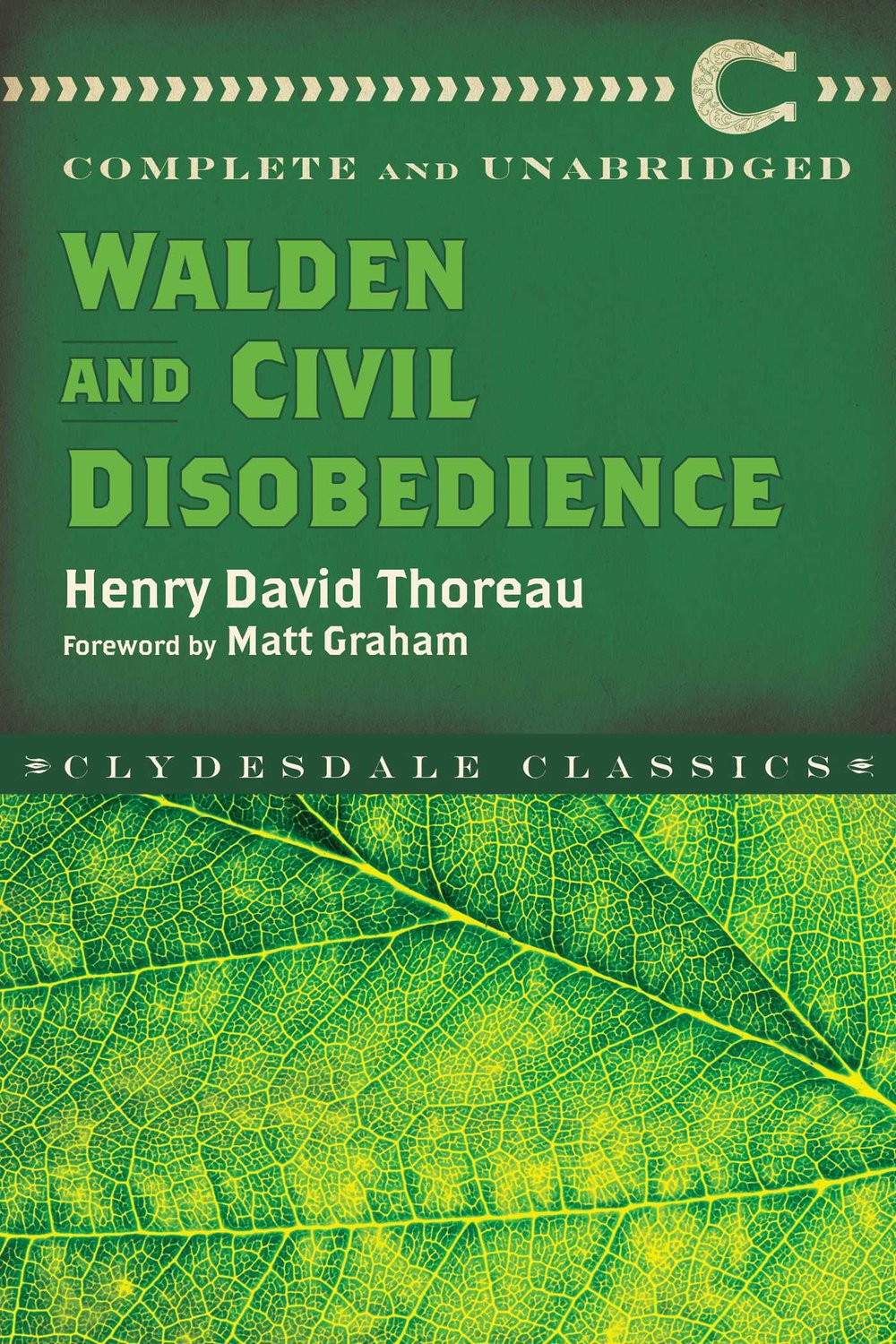The Picture of Dorian Gray
The Picture of Dorian Gray is a familiar story of greed, sin, and arrogance. A young man, infatuated with his own handsomeness and youth as depicted in a perfect portrait, makes a bargain he will come to regret. No one can save him from his appetite for pleasure and his awful fate—not the man who idolizes him, not the woman who loves him, and not even himself! Published in 1890, The Picture of Dorian Gray is Oscar Wilde's only novel. At first the subject of intense controversy, it has endured as a classic for years. This Canterbury Classics edition includes the beloved story as well as a special heat-burnished cover, foil stamping, and designed endpapers in an easy-to-carry package. A cautionary tale of innocence sacrificed for the sake of vice, The Picture of Dorian Gray is a classic whose lessons are still relevant today.
Oscar Wilde is one of the most popular writers of the late nineteenth century. Born in 1854 to Anglo-Irish intelligentsia parents, Wilde was educated at a very young age, quickly becoming trilingual and interested in philosophy. Throughout his career, he wrote many essays, plays, and short stories but only one novel: The Picture of Dorian Gray, which was criticized by contemporary reviewers for its homosexual undertones as well as its themes of self-indulgence and immorality. Although a failure during its time, the novel was later heralded as a classic. His other well-known works include Lady Windmere’s Fan, De Profundis, and The Importance of Being Earnest. At the peak of his career, Wilde was arrested on the grounds of “gross indecency with men,” tried, and sentenced to two years in prison. Upon his release, he was exiled from Britain and never returned. He died in Paris in 1900, impoverished and alone, at the young age of forty-six.

